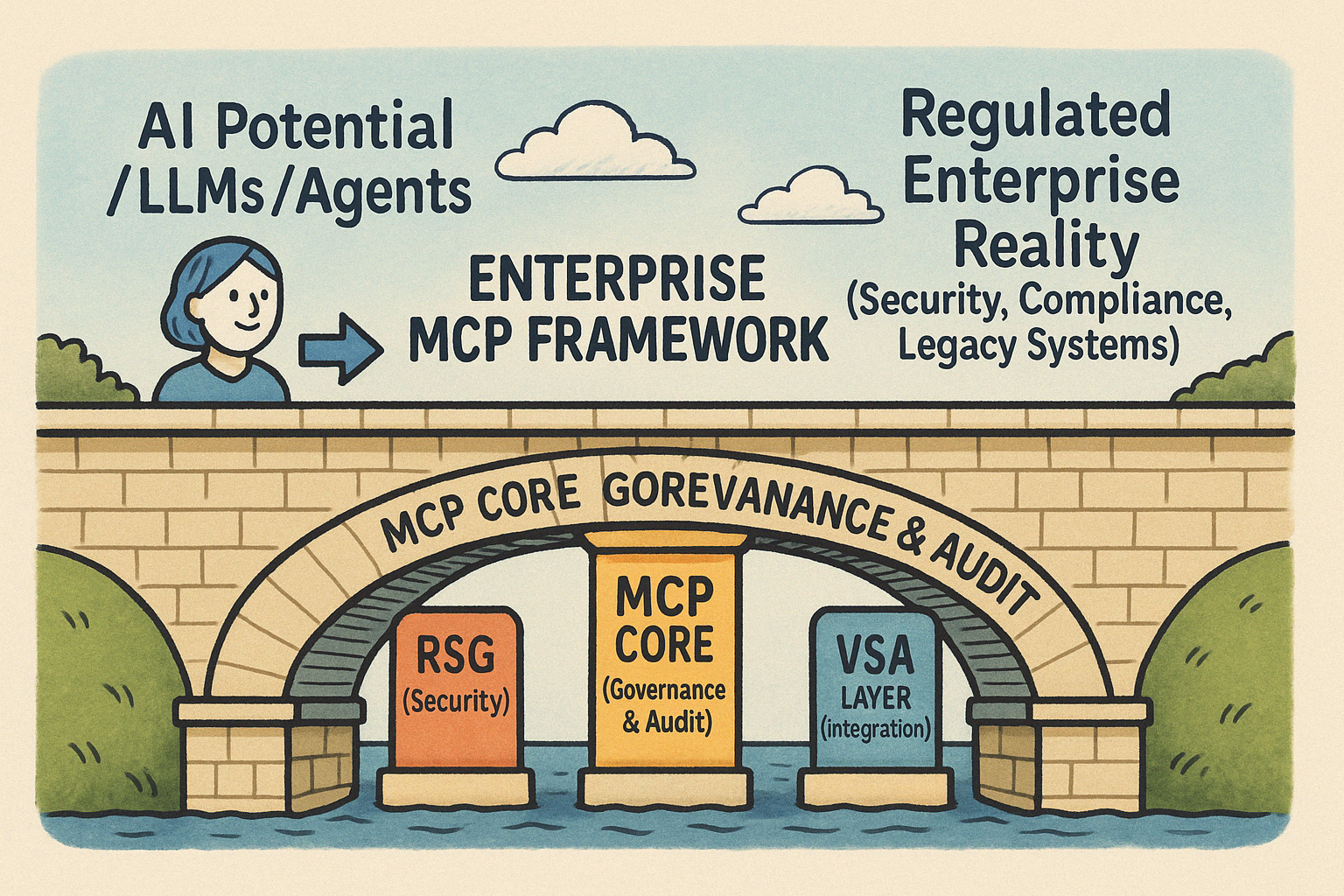Tech ideas often stay small for years, then explode when someone finds the right use. Chat‑style AI has exploded. Putting AI deep inside the systems of banks, hospitals, and insurers is still stuck in the early stages. That's where things get interesting, and protocols like Anthropic's MCP (Model Context Protocol) come into play – they're trying to bridge this gap.
So, what's MCP in simple terms?
Think of it like trying to create a common adapter. Anthropic, the folks behind Claude, open-sourced MCP as a standard way for AI models to talk to other software tools and documents.
Model Context Protocol (MCP) is meant to be a single “plug” that lets any AI model call a tool or pull live data through a shared set of rules, the way USB‑C works for hardware cables.
Before this, connecting an AI to, say, your database or a specific internal app meant building custom links for everything. The big idea here is to let AI reach beyond its training data and actually use tools or get live information.
In its basic form, MCP leaves most security, governance, and logging up to the user. That is not enough for rules like HIPAA and GDPR. Gartner says at least 30 percent of generative‑AI projects will be dropped after proof of concept by the end of 2025 because of data and risk issues
(If you want the full technical deep-dive on standard MCP, Addy Osmani wrote a great piece explaining it inside and out: https://addyo.substack.com/p/mcp-what-it-is-and-why-it-matters
another recommended reading is by Yoko Li at a16z, https://a16z.com/a-deep-dive-into-mcp-and-the-future-of-ai-tooling/ )
That's the gap addressed in the whitepaper, Enterprise‑Grade Extended MCP Framework. I lay out a secure blueprint to keep the core MCP handshake but surround it with three extra layers:
Security gateway
Checks identity and request quality before traffic touches internal APIs.
Governance and audit engine
Applies fine‑grained access rules, masks sensitive data when needed, and writes an unchangeable log for auditors.
Adapter layer
Translates MCP calls so AI agents can talk to both modern microservices and older systems like SOAP or JDBC without risky shortcuts.
Why it matters
Keeps regulators happy. Least‑privilege access and full audit trails line up with HIPAA, GDPR, PCI DSS, and more.
Lets AI do useful work. Agents can fetch real‑time data or kick off back‑office tasks without manual copy‑paste.
Faster projects. Shared adapters mean you spend weeks, not months, standing up each new use case.
Clear evidence. Every call is logged in a tamper‑proof store so risk teams can show exactly what happened.
Protects old investments. You add AI smarts without ripping out core systems that still run the business.
I believe that this serves as a credible blueprint for CISOs, architects, and compliance teams evaluating MCP-based AI adoption.
Go read the whitepaper, see how a “secure MCP” can move an AI pilot into safe production - download here
